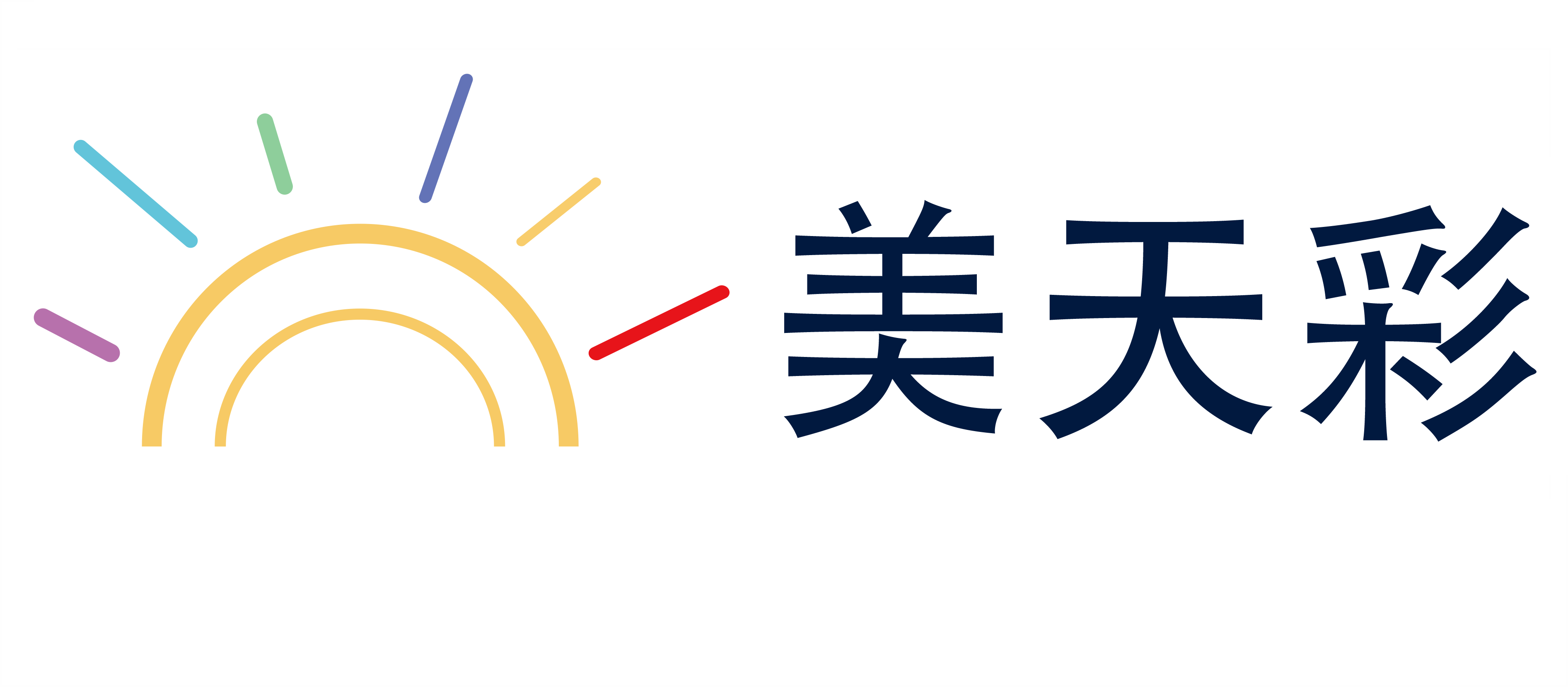东南亚眼部化妆品的消费者保护法规
Southeast Asia has long been a hub of regional economic integration and cultural exchange, with countries like Singapore, Malaysia, Thailand, and Indonesia playing pivotal roles in shaping the region's economic landscape. Among these, the cosmetics sector, particularly the niche of eye makeup products, has garnered significant attention from both consumers and regulatory bodies. As the demand for cosmetic products continues to grow in this region, stringent consumer protection regulations have been implemented to ensure the quality, safety, and efficacy of eye makeup products. This article delves into the regulatory framework governing eye makeup products in Southeast Asia, highlighting key aspects such as product certification, ingredient oversight, usage guidelines, and consumer protection measures.
1. Regulatory Overview of Eye Makeup Products
The regulatory oversight of eye makeup products in Southeast Asia is primarily managed by national cosmetic regulatory authorities. These include the Monetary Authority of Singapore (MOA) in Singapore, the Food and Medical Products Standards Council (FAC) in Malaysia, and the Commission for Beauty Products and Standards (CFBP) in Thailand. These agencies are responsible for ensuring that cosmetic products meet rigorous safety and quality standards before they are approved for sale.
2. Product Certification and Labeling
One of the key components of the regulatory framework is the certification process for eye makeup products. These products are typically classified under the broader cosmetic category, and their certification involves multiple stages of scrutiny. The process generally includes:
- harmonization of standards: cosmetic products undergo harmonization of standards with international organizations such as the International Organization for Standardization (ISO) and the Cosmetics Ingredient Performance Panel (CIPP). This ensures that products meet globally accepted safety and efficacy criteria.
- ingredient declarations: Eye makeup products are required to declare the active ingredients, including their concentrations and forms. This transparency helps consumers make informed choices about the strength and type of products they purchase.
- safety testing: Products undergo comprehensive safety testing to determine the permissible levels of harmful substances such as lead, mercury, and parabens. These tests are conducted by independent laboratories accredited by regulatory bodies.
3. Ingredient and Safety Standards
The regulatory framework places a strong emphasis on ingredient safety and product efficacy. Key areas of focus include:
- regulated ingredients: certain ingredients, such as formaldehyde, benzotriazole, and triethylamine, are subject to strict safety evaluations. These ingredients are only permitted in products that have demonstrated their safety to human use through scientific studies.
- allergen declaration: Eye makeup products are required to declare allergens, such as fragrance (essential oils or artificial fragrances) and mineral oil. This helps consumers avoid products containing allergens they are sensitive to.
- functional claims: products are allowed to make functional claims only if supported by scientific evidence. For example, a product claiming to reduce dark circles must provide evidence of its efficacy through clinical studies.
4. Usage Guidelines and Safety Instructions
Alongside product certification, regulatory bodies also provide usage guidelines to help consumers use eye makeup products safely and effectively. These guidelines typically include:
- proper application: instructions on how to apply eye makeup, including the use of eye primers to prevent smudging and enhance the product's staying power.
- safety during application: reminders to use eye makeup products in a clean and dry area to avoid skin irritation.
- disposal: guidance on proper disposal of eye makeup products, including restrictions on household waste disposal to prevent contamination.
- health warnings: information on the potential health risks associated with excessive use, such as irritation or allergic reactions.
5. Consumer Protection Measures
Southeast Asian regulatory bodies place a strong emphasis on protecting consumers from counterfeit and substandard products. Key consumer protection measures include:
- mandatory labeling: products must include clear and comprehensive labeling, including the manufacturer's name, product name, ingredients list, and usage instructions.
- recall mechanisms: regulatory bodies maintain a system for recalling products that do not meet safety standards or pose a risk to consumers. This includes both voluntary recalls initiated by manufacturers and mandatory recalls triggered by safety issues.
- consumer assistance: regulatory bodies provide support to consumers in cases of product recall or dissatisfaction. This may include contacting the manufacturer directly or providing information on alternative products.
6. Cross-Border Trade and Harmonization
The rise of cross-border trade in cosmetics has necessitated efforts to harmonize regulatory standards across Southeast Asian countries. While each country maintains its own regulatory framework, there is increasing recognition of the need for harmonized standards to ensure consistency in product quality and consumer protection. This trend is supported by regional initiatives such as the Southeast Asian Economic Ministers' Meeting (SEAMEM) and the ASEAN Economic Community (AEC), which aim to promote economic integration and regulatory alignment across the region.
7. The Future of Consumer Protection in Southeast Asia
The future of consumer protection in Southeast Asia's cosmetic industry will likely see continued efforts to enhance regulatory standards and address emerging challenges. As the cosmetics sector evolves, there will be a greater emphasis on innovation, while also ensuring that regulatory frameworks remain robust and consumer-centered. Additionally, there will be a focus on educating consumers about the importance of following usage guidelines and being vigilant about counterfeit products.
In conclusion, the regulatory framework governing eye makeup products in Southeast Asia is comprehensive and designed to protect consumers from unsafe and substandard products. By ensuring product certification, ingredient safety, usage guidelines, and robust consumer protection measures, the region has established itself as a reliable market for high-quality cosmetic products. As the cosmetics industry continues to grow and evolve, these regulatory standards will remain a cornerstone of consumer trust and safety.
上述信息,涵盖图片、视频以及各类文字资料,美天彩仅扮演信息存储的角色。若存在任何侵犯知识产权或其他合法权益的情形,请立即联系我们删除,切实维护您的权益。
郑重声明
- 延伸阅读:
- 上一篇:日本化妆品工业联合会
- 下一篇:泰国纹身类备案法规规定

Experts Q & A
外贸专家答疑
为了帮助您更快地解决问题,建议向我们的外贸专家进行咨询,提供专业的方案咨询和策划。


马上留言 (0) 0